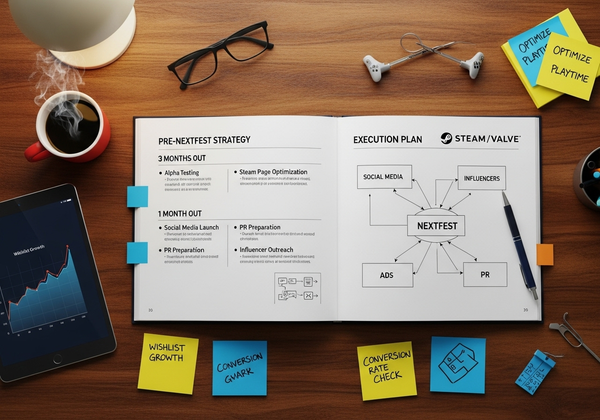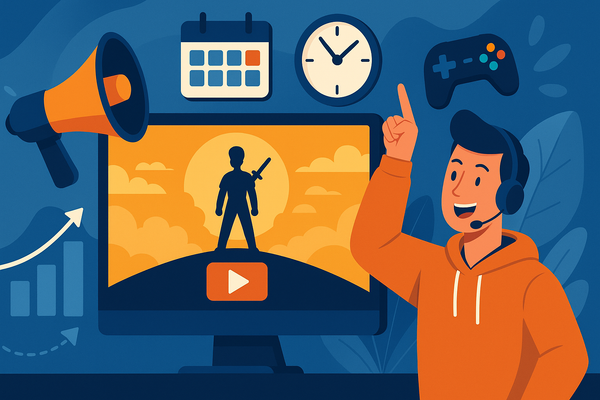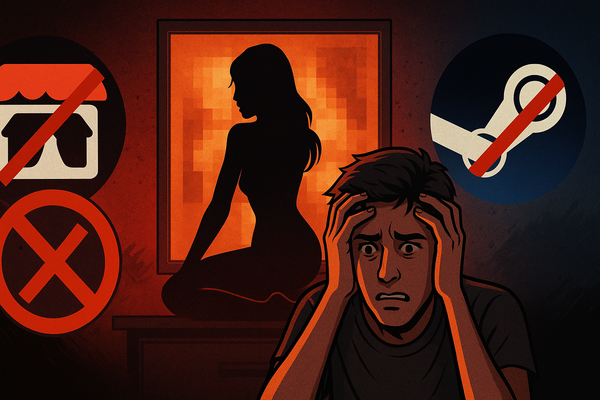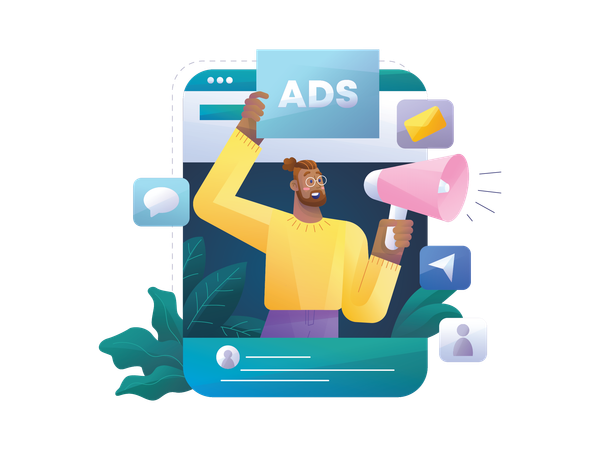Why Early Marketing Is Critical for Indie Game Success
It’s never too early to start marketing your game — but early marketing doesn’t mean ads or influencers. It means validation, testing, and building a foundation. Learn how here.
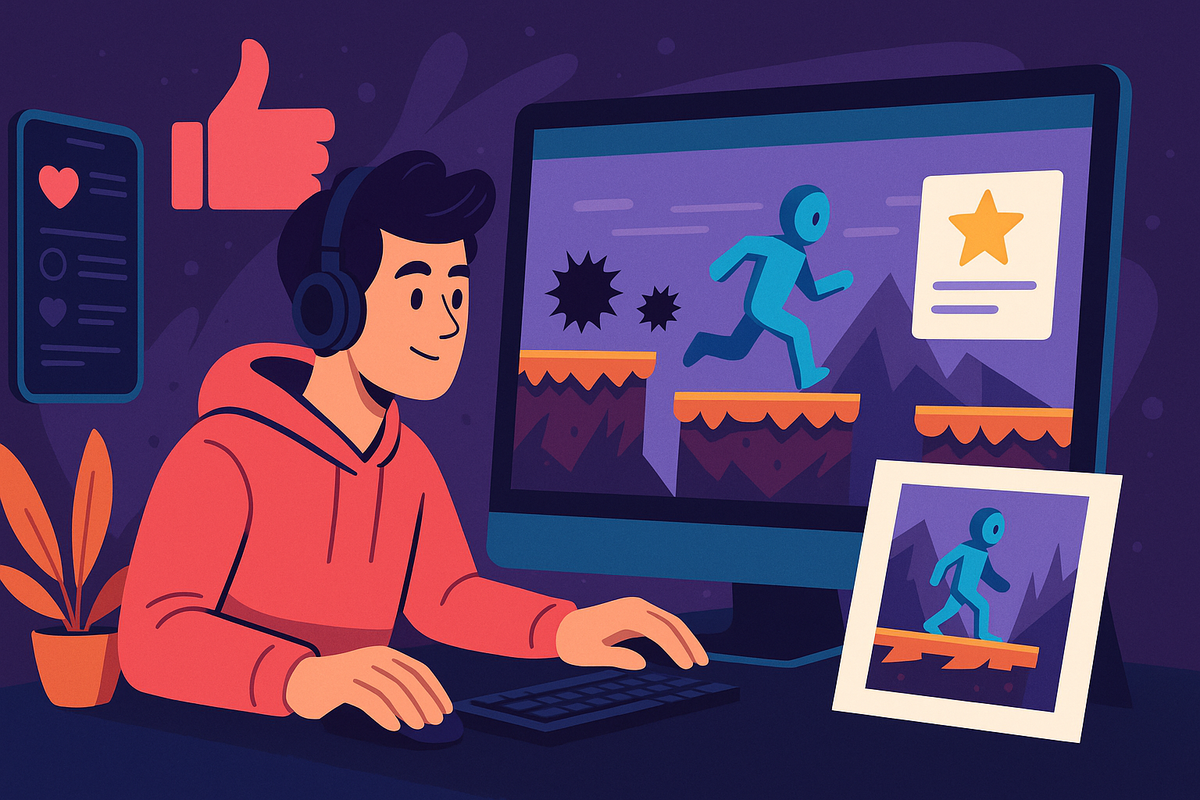
After talking with thousands of developers, one of the most common misconceptions is that it is too early to market my game. But I think the issue is there is a misunderstanding of what early marketing looks like for your game, how the marketing evolves, and why it is critical, especially if you want to get publishers and investors later.
For indie games that have little to no budget, the best performing games actually market years out. Take a look at this unnamed game's (protecting their privacy) wishlist growth:
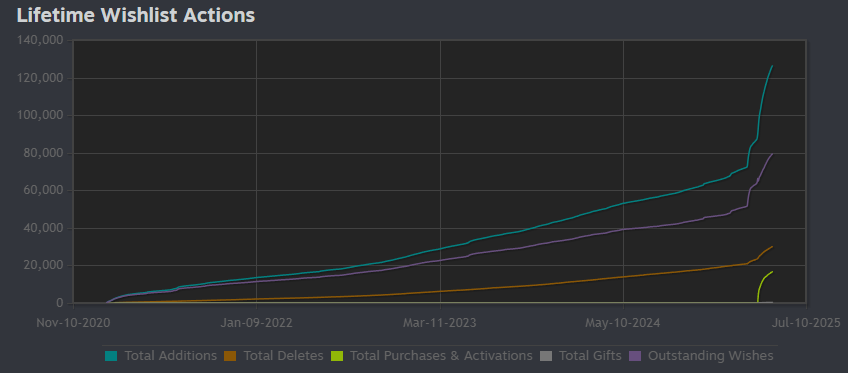
They spent 5 years building wishlists and when they launched reported doing over $500k in revenue in their first month. In other words, you should always be marketing your game; just how you market will change over time. In this article we are going to be covering:
- What NOT to do in the early days of marketing
- How to test if your game is marketable
- How to decrease the time and costs of marketing later on
What NOT to Do in Early Game Marketing
When I ask indies about how they think about marketing their game, the number one strategy is influencers. Influencers can be a great strategy, but more importantly, their timing matters, especially in the early stages.
If you are over 1 year out from launching your game, here are marketing activities you should NOT be doing unless they are in select and isolated use cases.
Advertising
Advertising your game on TikTok, YouTube, Instagram, Reddit, and any other social media should not be done. Save the money for when you get closer to launch and you want to maximize certain marketing beats. The exception is if you just want to run short tests to understand how conversions might work later, or if you want to advertise special events like alpha tests.
Influencers
As an indie, you don't need influencers to market and promote your game yet. Wait until you're about 3 to 6 months out from launch to start influencer marketing. The exception for this is if you have key events, like an alpha test you want to promote your game with, or something where coverage will be worth it.
Only Marketing to Other Developers

Many indie developers like to post their game work development and they get a lot of support and encouragement, which is needed for the grinding hours and mental labor it takes to make a game. But this audience, while morally supportive, is not the people who are going to be buying your game. When you post your work in development, you are effectively marketing, just marketing to the wrong audience.
How Early Marketing Tests Marketability and De-risks Your Game
The reason why you are marketing early in your game development really comes down to the most important aspect about your game: is it marketable?
In articles like this one on What Makes A Marketable, we discussed in depth what a marketable game is, and it's not necessarily about just the graphics, the gameplay, the story, and other elements of the game. It's rather simple: does a game resonate with the audience? Take Level Devil as a perfect example.

Graphics are not AAA quality, it doesn't have a story, and it lacks all the elements people may say a game needs to be a great game. But with 31.7K reviews in the app store, it has a 4.8 out of 5 rating. It's a marketable game because it's fun for the target audience. So here's how you should be marketing your game, even without a Steam page or without a demo to gain validation that you are building the right game for an audience that wants it.
Social Media and Concept Art
As mentioned above, marketing to developers is great for moral support, but real value comes from validation from people that will buy your game. Post your concept art to social media! X, TikTok, YouTube, and other sites. And people actually do love this stuff! Take a look at this game developer explaining some of their dev work:
🐺SHAPESHIFTING SYSTEM BREAKDOWN🐺
— Edenfall ➡ Wishlist on Steam! (@everfluxgames) March 5, 2025
This video was a lot of work, it better performs well 😅 pic.twitter.com/bw2tjhFKAT
This is also an early way of assessing if your game is resonating with your audience. If you find that no one likes your concept work or ideas, your game can face future headwinds later, and it's a good problem to start solving now.
DO NOT POST LONG FORM DEVLOGs. That is for developers. Make your concept work, simple and most importantly entertaining.Read this blog article on how to use devlogs in marketing.
User Journey Optimization
We showed above how that game had wishlist growth for almost 5 years prior to launch. As you post content on social media, you need to be able to drive people to that page to wishlist or purchase your game. This is where you can start to work on your user journey optimization:
- Map out how people get from your social media to your webpage to your buy page
- Learn what people are researching and what they're more interested in about your game
You can accomplish this by:
- Having all social profiles link to a link website, like Linktree or your own custom site. This will be a simple site that has links to all your properties.
- Have your game's store front page link back to all your other properties so people can research your game when they are unsure.
- Having analytics and click tracking on the link site so you know where your traffic is coming from and where it's going.
- Analyzing how people flow around your properties.
This sounds very simple and obvious now, but we've come across quite a few game profiles that do not link anywhere back to the games, which we'll get to below. When you get your journey correct and combine it with social media, it can drive wishlists years out. For example, most games' wishlist charts look like this:
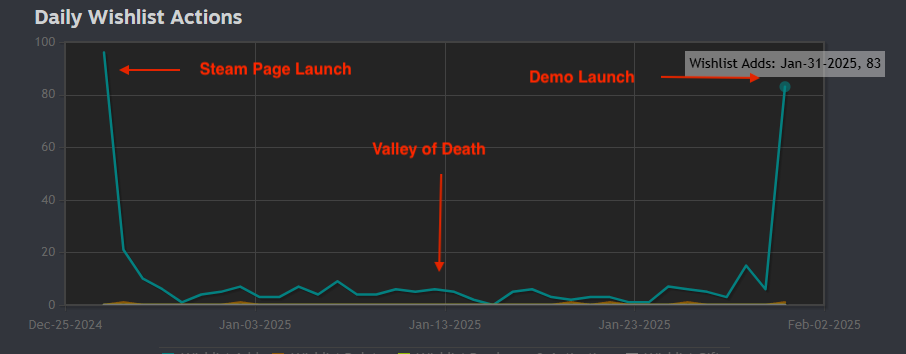
Below is a different game that optimized their wishlists but has no real following yet because they just started their socials. They have 54 Twitter followers, 74 Instagram followers, 50 YouTube subscribers, and 2 TikTok followers. But here is their daily wishlist growth (screenshot from Glitch Platform) that when they started posting on their socials went from near 0 to between averaging abut 10 a day with virtually no following.
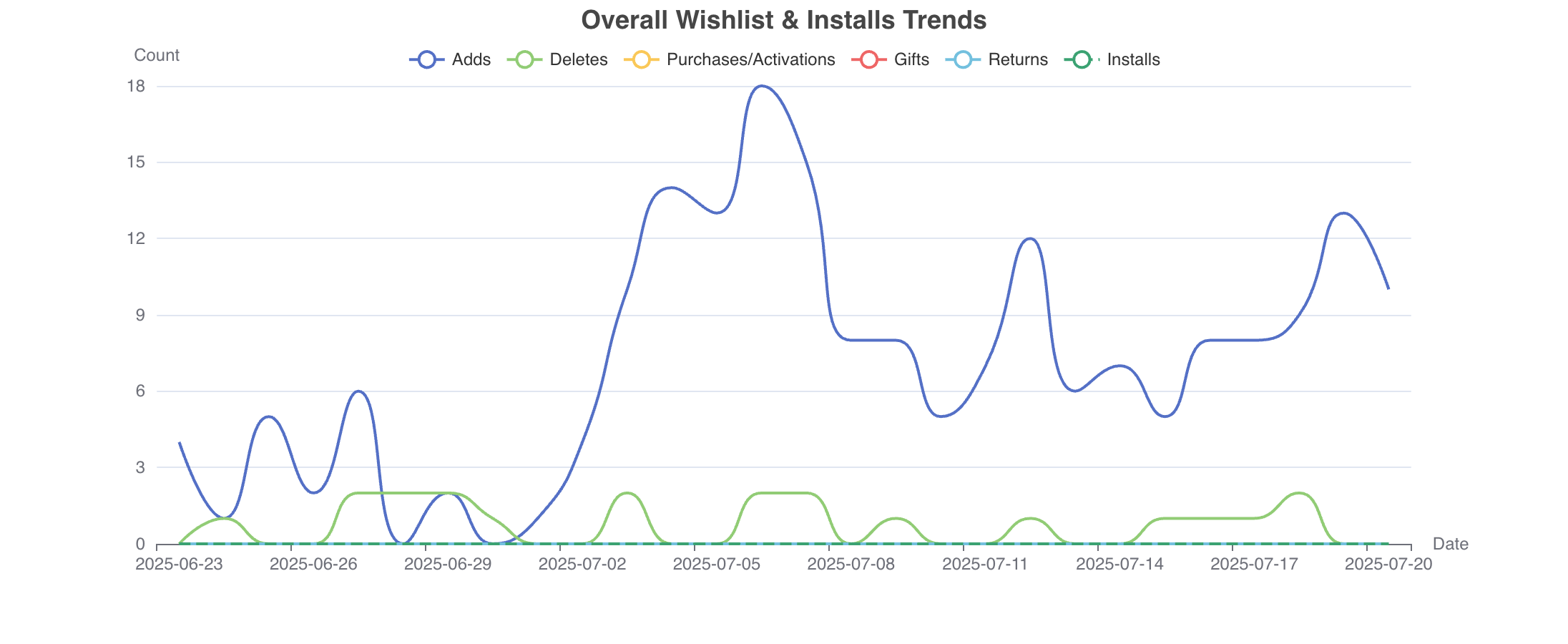
Do the long term math: let's say you are two years out. You spend one year of that time doing light social media (1-3 hours a week) with user journey optimization. 365 days multiplied by 10 to 20 wishlists a day, even with no following, will give you between 3,650 to 7,300 wishlists without doing any real marketing. When you incorporate ads and influencers, that number will explode.
Brand Development
Brand development is not a one time thing but an ongoing process that you iterate, learn from, and change. And it's something that you should be working on constantly. To give an example, scrolling through subreddits like r/indiegames, you will see videos such as this:

The game looks cool, but what game is it? There is no logo, attribution, or anything to let the user learn more about the game. This is a branding issue that can be worked on at every stage of development of the game. The solution in this instance is adding the name of the game as a watermark at the end of the video.

On your social media, websites, and storefront, make sure to have consistent branding for your game.
Give People the Ability to Follow You
When people think about following you, the go to thought is social media. But there are various ways that people can follow you:
- Email list sign-ups
- Patreon registration, even if it's a free tier
- Even Telegram/WhatsApp groups
Email sign-ups can have a 30% engagement rate, which is incredible when you compare it to other forms of marketing like social media that can have a 2% engagement rate. And it costs nothing to create an email list. You don't have to send an email regularly; just having their address is valuable for the future when you launch your storefront, your demo, and then finally launch.
How This Decreases Your Marketing Cost and Time Later
In the early stages, you really only need to dedicate 1 to 3 hours a week doing this; that's it. Games that do the above steps have given themselves a huge advantage for the future that will save them so much more time and costs when they want to run ads or engage with influencers. The three areas developers can see improvement in are:
- Better ad spending/influencer targeting
- Easier to work with agencies
- More leverage with publishers and investors
When you are doing the social media, make sure to activate your account as a business account or a creator account. The reason for doing so is that it will give you analytics. Take a look:

Social media represents an organic audience that is engaging with your game out of genuine interest. So you want more people like these people because they are more likely to wishlist and buy your game. This data can be vital to how it influencers decisions made for later marketing efforts and how it be used to raise funds.
Ads/Influencers
From the data, you can better set up advertising campaigns now based on the data you get back. You should utilize conversion APIs on ad platforms to even further optimize your spend, but this data driven approach can help you get there faster.
Similarly with influencers, you now have an idea of what kind of audience an influencer has that may align better with your game's audience. You will likely still have to expand your influencer type reach and experiment, but again you are starting with a data driven starting point of who you want to work with.
Consultants and Agencies
Consultants and agencies, while talented in their marketing abilities, have to figure out your game and its audience, which takes time. And the time a consultant or agency takes costs you money and delays the time to see results.
To reduce that time, you can give consultants and agencies a starting point. Give them the data to show them what your current audience looks like. Having somewhat of a social media presence is something they can take over and grow instead of starting from scratch.
Publishers/Investors
And the final area where this can help you is getting a publisher and investors as part of your pitch. Publishers and investors care about numbers and want to know why giving you money and resources will help them make their money back. And many of them require you to show some traction to even be considered for a deal. For example:
- They have 20k followers, 10k wishlists, no paid ads or influencers yet: great
- They are growing those numbers with 10% month over month growth: okay, they don't need me or I might miss my chance to invest
- 80% of all their growth is in the United States, where people have historically paid large amounts for games
The more data you can show that your game has a growing audience that can turn into a massive audience that is willing to pay, the more a publisher will be excited to work with you and the more willing investors will be to invest. Ironically, the more traction you have, the less you need a publisher/investor.
Glitch Early Market Validation and Analysis
You can do early marketing on your own without a tool; the benefit of Glitch is aggregating all of the platforms and efforts in one platform.
Platform Comparison
The first thing that we do at Glitch is compile all the social media platforms and compare them against each other to allow you to easily see what is working where, as each platform is different.

Journey Tracking

The second thing we do at Glitch is record the user's journey. We can track users as they move across your properties to give you an idea of how people are exploring your digital assets.
Wishlist to Social Comparison
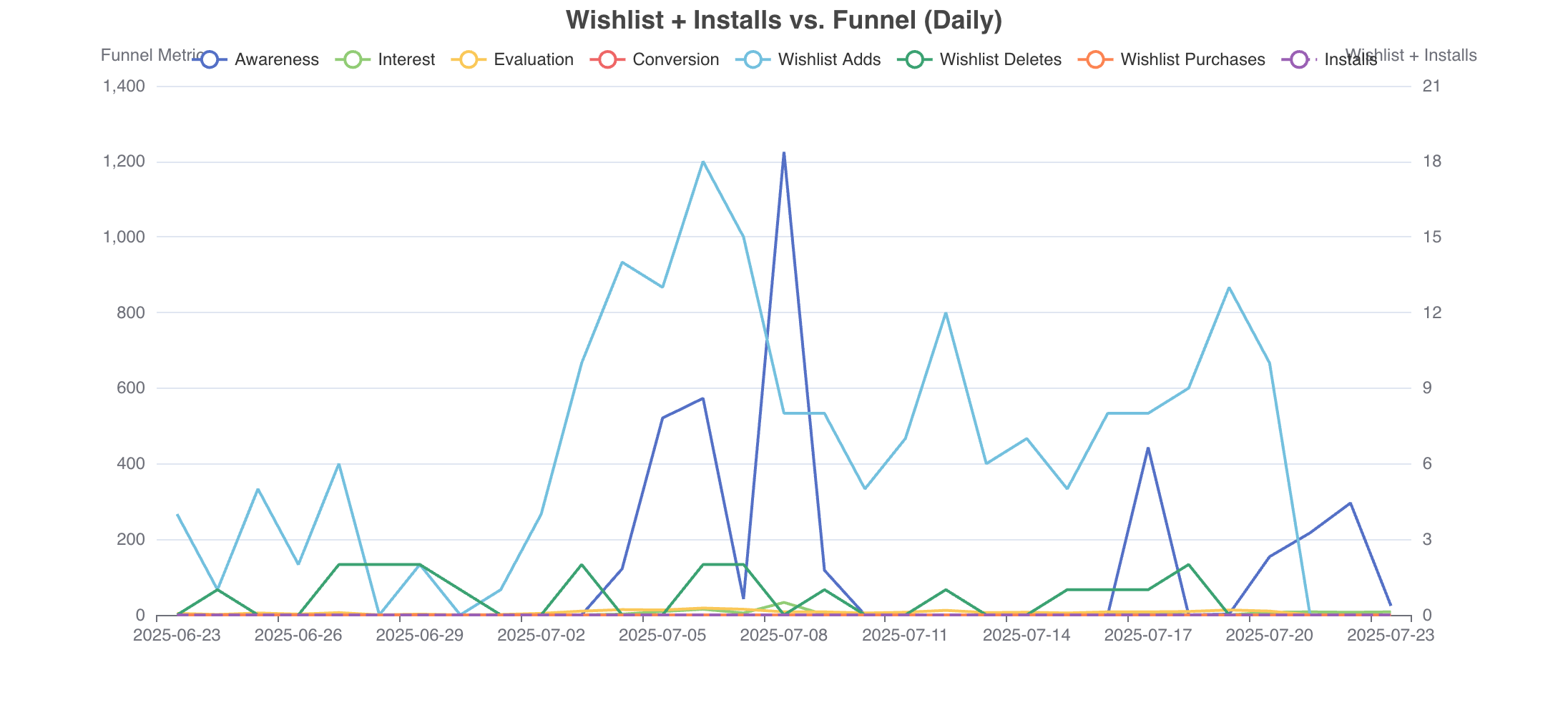
We show you how to compare your social media activities to your wishlist growth to give you an idea of how your activity influences that growth.
Start Marketing Now!
Early marketing isn't about spending big budgets or chasing viral moments. It's about building genuine connections with your future players, validating your game's marketability, and creating sustainable growth systems that compound over time. The developers who start this process years before launch don't just see better sales numbers; they build thriving communities, attract better publisher deals, and reduce their overall marketing costs.
Every day you wait to start is a missed opportunity to gather valuable data, refine your brand, and build that crucial wishlist foundation. The game that earns $500k in its first month didn't happen overnight. It was the result of years of consistent, strategic early marketing efforts.
Your game deserves an audience that's excited to play it. Start building that audience today, one social media post, one email signup, and one wishlist at a time. The investment of just a few hours per week now will pay dividends when you're ready to launch, and more importantly, it will help ensure your game finds the players who will truly love it.

